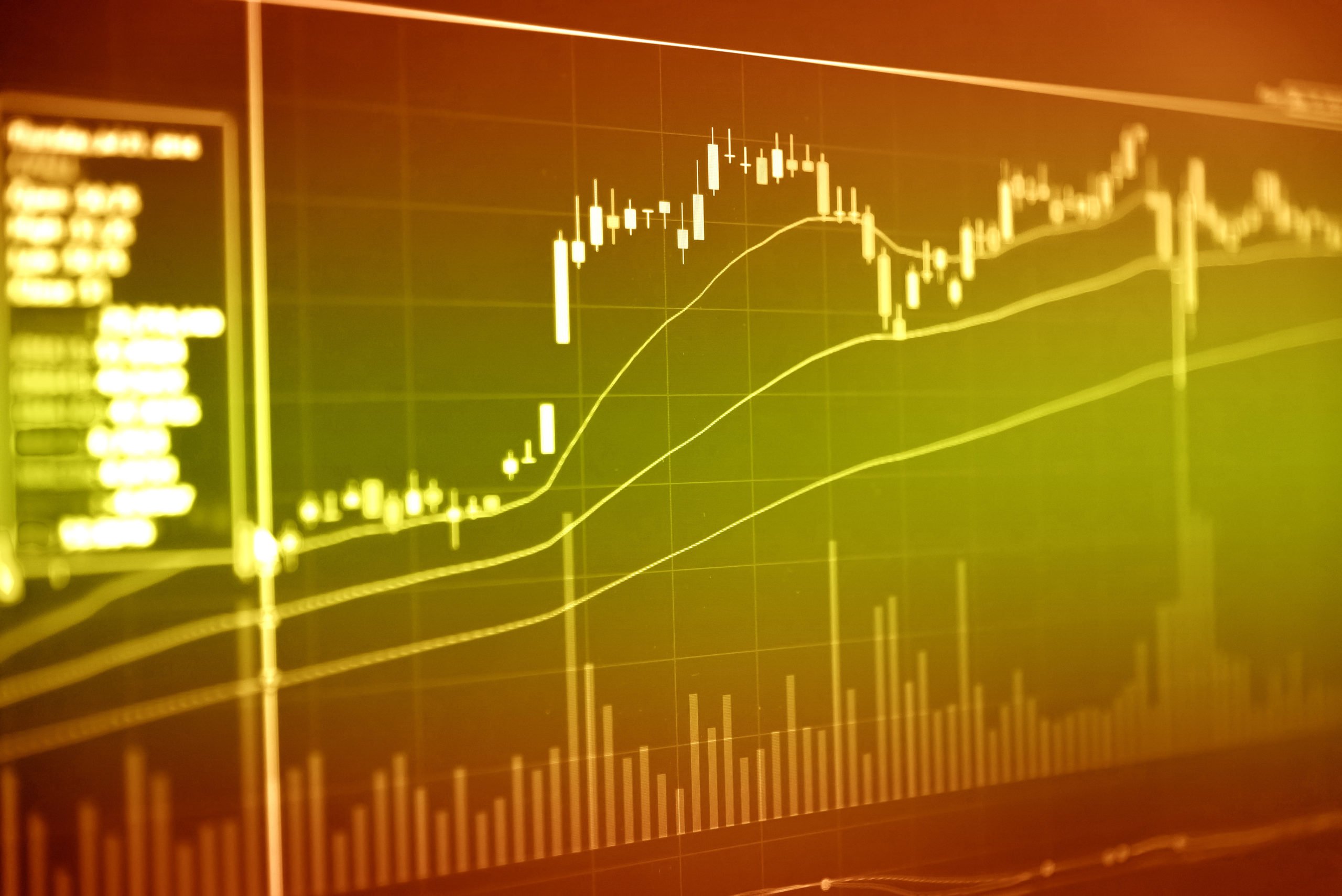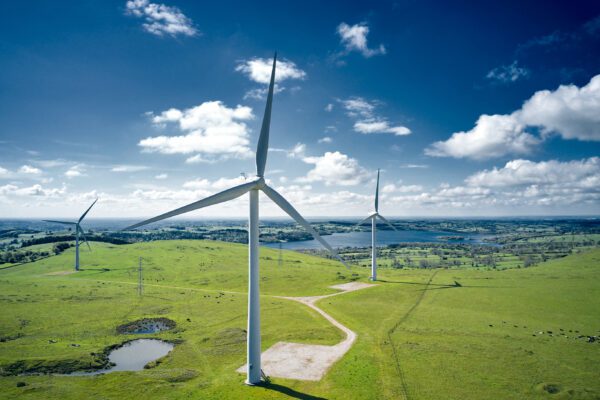
The COVID-19 impact on the energy market so far
It is strange to think that we were not even aware of COVID-19 before the turn of 2020. Now six months down the line, UK households and businesses of all sizes have needed to adapt their normal way of life, to keep transmission levels down. With economies across the world bracing for a technical recession […]
It is strange to think that we were not even aware of COVID-19 before the turn of 2020. Now six months down the line, UK households and businesses of all sizes have needed to adapt their normal way of life, to keep transmission levels down.
With economies across the world bracing for a technical recession in 2020, value has been knocked from global, regional and national energy futures contracts, whilst markets look to price in demand contraction.
On the back of increased economic uncertainty, wholesale energy markets have experienced unprecedented levels of turbulence. How has COVID-19 driven wholesale market volatility so far, and what prospects are there for future price action?
- The demand loss due to coronavirus gradually intensified after lockdown began.
The PM’s lockdown announcement on Monday 23-Mar caused an immediate 5-10% reduction in electrical demand, as businesses either closed or overhauled working practices. The last time power demand in the month of March was this low was in 1975[1]. Under lockdown, electricity demand on working days reduced by 10-20%, with prompt contract value crashing in tandem. With many people working from home and limited schooling, the typical morning electricity ‘peak’ flattened out. Activities such as boiling the kettle were therefore spread over the course of the day, similar to a weekend consumption pattern. - Late May bank holiday weekend resulted in power price and carbon records in UK.Interestingly, expectations of strong renewable generation, coupled with low demand over the most recent bank holiday weekend, saw prices plummet last on 22-May.Saturday 23-May saw another energy record broken. The average carbon intensity level of the grid fell 15g from the previous record set in Aug-19. High winds in the UK, as well as strong solar generation contributed to the record, which was followed up on Sunday 24-May by a spot carbon intensity record too.
- We could see a swift recovery in demand.
Interestingly, there has been some recovery in demand, driven in part by the return of some of the manufacturing sector. Given the easing lockdown measures through Jun-20, we expect to observe continued demand gains as small businesses begin to reopen from 15-Jun.Upside risk from returning demand is capped however, with markets wary of the potential for a second pandemic wave implicating supply-demand fundamentals. - The wider energy complex offers upside risk
In the past couple of weeks we have seen supply-demand fundamentals for crude oil tighten, offering upside risk to global energy commodities. The UK power market has reported decreased nuclear power generation, adding to prospects for a potential resurgence in tightly correlated carbon markets. For this EU Emissions market, calls for a ‘green recovery’ following COVID-19 will provide a strong steer to European energy markets, though the net impact remains uncertain for carbon. - Covid-19 could hamper renewable energy growth in 2020.
According to a new report by the International Energy Agency (IEA), 167GW of renewable power generation capacity will be added this year, 13% lower than last year’s figure. The coronavirus pandemic has caused delays to construction activity, with social distance restrictions in place. In addition to this, supply chains have been disrupted as some manufacturing activity has been subdued. The IEA however believe that renewable energy growth will rebound in 2021.
Below we share some prevailing signals for wholesale energy markets, outlining drivers of bullish upside risk against bearish downside potential
| Bullish | Bearish |
| Brent crude signalling strong upward reaction to returning economic demand, as lockdown measures ease globally | Any failure of lockdown in UK – or signals for second wave internationally – could spur a secondary bearish price shock |
| US gas pricing is beginning to incentivise production shut-in, as sellers operate near- or at-loss. Implicates imports volumes of Liquified Natural Gas to UK. | Dirty fuels such as coal continue to be priced out of regional power stacks, depressing emissions markets |
| Intermittent power in low-demand era could drive bullish shock if capacity market assets are called upon | Agreements to ‘green recovery’ post-COVID could spur greater share of renewables and soften power even further |
As demand picks up regionally, the level of intermittent power generation remains high, and geopolitical action steers the wider energy complex, we imagine a future weighted more heavily to volatile upside risk.
Despite expectations for continued volatility in UK energy markets, what cannot be understated is the significant multi-year value futures contracts currently offer. Coupled with our prevailing view of upside risk, at Inspired Energy we believe there have been few better times to ‘Buy-it-Well’.
Given the current economic uncertainty, forward planning for businesses across the country remains challenging to say the least. Business owners must manage the current impact of COVID, whilst futureproofing their business from a financial basis.
To take advantage of the current multi-year discounts observed in wholesale energy markets, get in touch with Inspired Energy on 01772 689 250 to discuss your procurement options.
Inspired Energy’s Market Research and Intelligence Centre brings together a wealth of information, data and news to support the development and implementation of successful long-term energy management strategies. From understanding the latest wholesale market changes to any new carbon reporting regulation, we have all the answers to the questions you need. If you would like to receive either our daily or weekly insights via email or subscribe to our monthly insight webinar, please click here.
If you are interested in learning more about the current state of the energy market, take a look at some of the catch up sessions available from our On Demand week.










